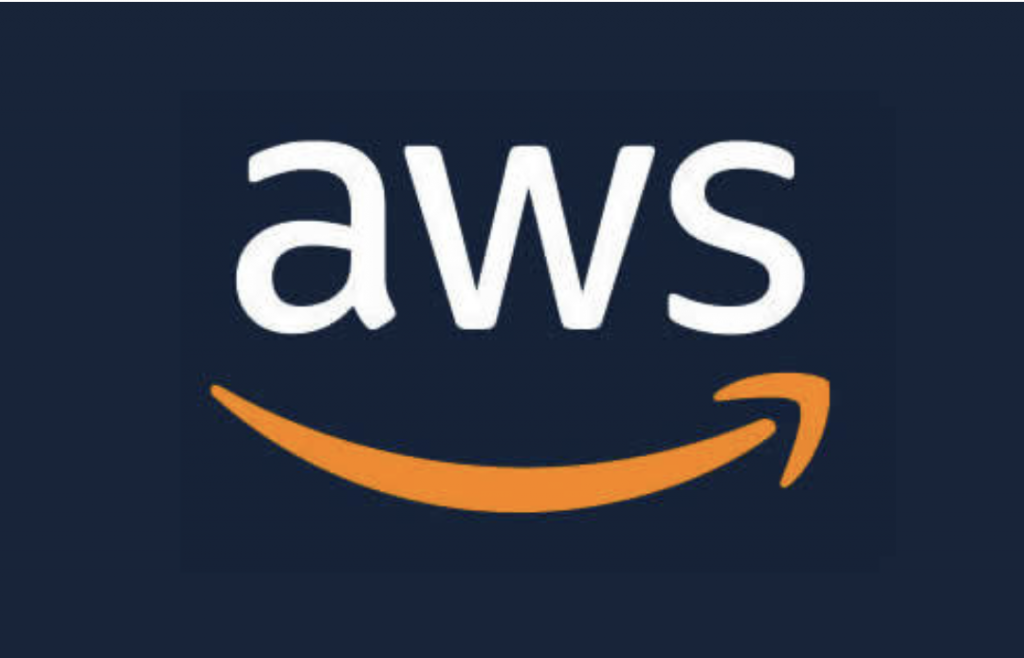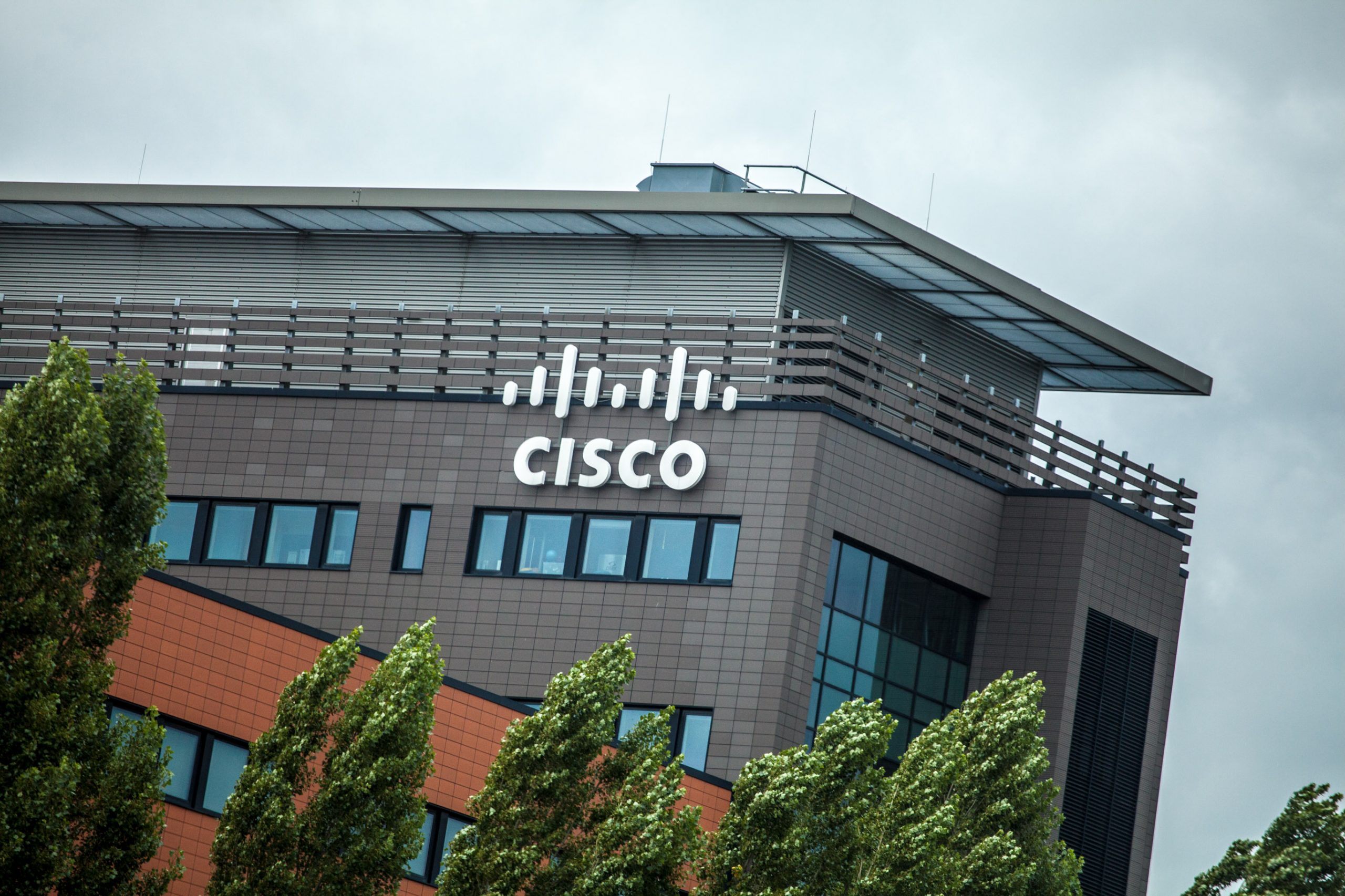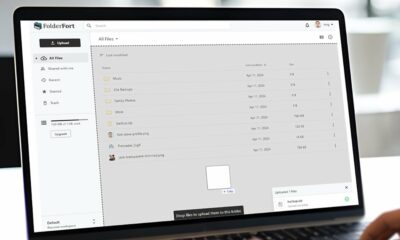TECHNOLOGY
How to Simplify Purchase Order Management with Technology

In today’s fast-paced business environment, efficient purchase order management is crucial for organizations of all sizes.
The traditional manual process of handling purchase orders can be time-consuming, error-prone, and inefficient. Thankfully, advancements in technology have revolutionized the way purchase orders are managed. By leveraging technology solutions, businesses can streamline their purchase order management processes, reduce errors, improve communication, and enhance overall efficiency. In this article, we will explore how technology can simplify purchase order management and provide seven comprehensive strategies to optimize this critical business function.
1. Automate Purchase Order Generation and Approval

One of the primary challenges in purchase order management is the manual generation and approval process. This often involves multiple stakeholders, which can lead to delays and errors. However, with technology, businesses can automate the purchase order generation and approval workflow. Utilizing an advanced purchase order management system, companies can define predefined rules and parameters to automatically generate purchase orders based on inventory levels, sales forecasts, or procurement schedules. These automated systems can also streamline the approval process by routing purchase orders to the appropriate individuals for review and authorization, reducing bottlenecks and ensuring timely processing.
2. Centralize Purchase Order Tracking
Keeping track of purchase orders across different departments or locations can be a daunting task. Manual tracking methods, such as spreadsheets or paper-based systems, are prone to errors, data duplication, and delays in updating information. You can easily simplify the entire tracking process with purchasing management software where you’ll be provided real-time visibility into the status of each purchase order. This will enable stakeholders to monitor progress, identify bottlenecks, and take necessary actions promptly. With a centralized tracking system, businesses can eliminate the need for manual follow-ups and significantly enhance efficiency.
3. Integrate with Inventory Management Systems
Effective inventory management is closely tied to purchase order management. It is essential to ensure that purchase orders are aligned with inventory levels to avoid stockouts or excess inventory. By integrating purchase order management systems with inventory management systems, businesses can establish a seamless flow of information. This integration enables real-time updates on inventory levels, automated purchase order generation based on reorder points, and alerts for low stock situations. By optimizing the connection between purchase orders and inventory management, organizations can achieve greater accuracy in procurement, minimize stock-related issues, and improve overall supply chain performance.
4. Implement Electronic Supplier Collaboration
Collaboration with suppliers is a critical aspect of purchase order management. Traditional methods such as phone calls, emails, or faxing can be time-consuming and prone to miscommunication. Leveraging technology, businesses can implement electronic supplier collaboration platforms. These platforms facilitate streamlined communication channels between buyers and suppliers, allowing for instant order placement, order tracking, and status updates. Electronic supplier collaboration eliminates the need for manual back-and-forth communication, reducing errors and delays. By enhancing communication with suppliers, businesses can improve vendor relationships, negotiate better terms, and ensure timely deliveries.
5. Utilize Real-Time Reporting and Analytics
Insights derived from purchase order data are invaluable for making informed business decisions. However, manual data compilation and analysis can be labor-intensive and error-prone. Technology solutions offer robust reporting and analytics capabilities that simplify data analysis and provide real-time insights. By leveraging these tools, businesses can gain visibility into key metrics such as order cycle times, supplier performance, and purchase order accuracy. Armed with this information, organizations can identify areas for improvement, optimize processes, and drive cost savings. Real-time reporting and analytics enable proactive decision-making and enhance overall purchase order management effectiveness.
6. Enable Mobile Access and Approval
In today’s mobile-driven world, employees and managers often require access to purchase order information on the go. With mobile-friendly purchase order management applications, businesses can empower their teams to review, approve, or reject purchase orders from anywhere, at any time. Mobile access eliminates the need for physical paperwork or being tied to a desktop computer. Managers can receive notifications, review purchase orders, and provide immediate approvals, streamlining the entire process. Mobile capabilities increase flexibility, enhance collaboration, and expedite purchase order management tasks, ultimately leading to improved efficiency.
7. Integrate with Accounting Systems
Purchase order management and accounting go hand in hand. Integrating purchase order systems with accounting software eliminates the need for duplicate data entry and reduces the risk of errors. When a purchase order is approved, the system automatically creates an accounts payable entry, ensuring accurate financial records and streamlined payment processes. Integration with accounting systems also enables real-time tracking of expenses, budget reconciliation, and accurate financial reporting. By connecting purchase order management with accounting, businesses can achieve greater financial transparency, improve audit compliance, and facilitate smooth financial operations.

Streamlining purchase order management is crucial for businesses seeking to enhance operational efficiency, minimize errors, and optimize procurement processes. Technology offers a range of solutions that simplify and automate various aspects of purchase order management. By implementing automated purchase order generation and approval processes, centralizing purchase order tracking, integrating with inventory management systems, enabling electronic supplier collaboration, utilizing real-time reporting and analytics, offering mobile access and approval, and integrating with accounting systems, businesses can significantly enhance their purchase order management capabilities. Embracing technology-driven solutions empowers organizations to achieve streamlined workflows, cost savings, and improved supplier relationships, ultimately driving overall business success in today’s dynamic marketplace.
TECHNOLOGY
Next-gen chips, Amazon Q, and speedy S3

AWS re:Invent, which has been taking place from November 27 and runs to December 1, has had its usual plethora of announcements: a total of 21 at time of print.
Perhaps not surprisingly, given the huge potential impact of generative AI – ChatGPT officially turns one year old today – a lot of focus has been on the AI side for AWS’ announcements, including a major partnership inked with NVIDIA across infrastructure, software, and services.
Yet there has been plenty more announced at the Las Vegas jamboree besides. Here, CloudTech rounds up the best of the rest:
Next-generation chips
This was the other major AI-focused announcement at re:Invent: the launch of two new chips, AWS Graviton4 and AWS Trainium2, for training and running AI and machine learning (ML) models, among other customer workloads. Graviton4 shapes up against its predecessor with 30% better compute performance, 50% more cores and 75% more memory bandwidth, while Trainium2 delivers up to four times faster training than before and will be able to be deployed in EC2 UltraClusters of up to 100,000 chips.
The EC2 UltraClusters are designed to ‘deliver the highest performance, most energy efficient AI model training infrastructure in the cloud’, as AWS puts it. With it, customers will be able to train large language models in ‘a fraction of the time’, as well as double energy efficiency.
As ever, AWS offers customers who are already utilising these tools. Databricks, Epic and SAP are among the companies cited as using the new AWS-designed chips.
Zero-ETL integrations
AWS announced new Amazon Aurora PostgreSQL, Amazon DynamoDB, and Amazon Relational Database Services (Amazon RDS) for MySQL integrations with Amazon Redshift, AWS’ cloud data warehouse. The zero-ETL integrations – eliminating the need to build ETL (extract, transform, load) data pipelines – make it easier to connect and analyse transactional data across various relational and non-relational databases in Amazon Redshift.
A simple example of how zero-ETL functions can be seen is in a hypothetical company which stores transactional data – time of transaction, items bought, where the transaction occurred – in a relational database, but use another analytics tool to analyse data in a non-relational database. To connect it all up, companies would previously have to construct ETL data pipelines which are a time and money sink.
The latest integrations “build on AWS’s zero-ETL foundation… so customers can quickly and easily connect all of their data, no matter where it lives,” the company said.
Amazon S3 Express One Zone
AWS announced the general availability of Amazon S3 Express One Zone, a new storage class purpose-built for customers’ most frequently-accessed data. Data access speed is up to 10 times faster and request costs up to 50% lower than standard S3. Companies can also opt to collocate their Amazon S3 Express One Zone data in the same availability zone as their compute resources.
Companies and partners who are using Amazon S3 Express One Zone include ChaosSearch, Cloudera, and Pinterest.
Amazon Q
A new product, and an interesting pivot, again with generative AI at its core. Amazon Q was announced as a ‘new type of generative AI-powered assistant’ which can be tailored to a customer’s business. “Customers can get fast, relevant answers to pressing questions, generate content, and take actions – all informed by a customer’s information repositories, code, and enterprise systems,” AWS added. The service also can assist companies building on AWS, as well as companies using AWS applications for business intelligence, contact centres, and supply chain management.
Customers cited as early adopters include Accenture, BMW and Wunderkind.
Want to learn more about cybersecurity and the cloud from industry leaders? Check out Cyber Security & Cloud Expo taking place in Amsterdam, California, and London. Explore other upcoming enterprise technology events and webinars powered by TechForge here.
TECHNOLOGY
HCLTech and Cisco create collaborative hybrid workplaces

Digital comms specialist Cisco and global tech firm HCLTech have teamed up to launch Meeting-Rooms-as-a-Service (MRaaS).
Available on a subscription model, this solution modernises legacy meeting rooms and enables users to join meetings from any meeting solution provider using Webex devices.
The MRaaS solution helps enterprises simplify the design, implementation and maintenance of integrated meeting rooms, enabling seamless collaboration for their globally distributed hybrid workforces.
Rakshit Ghura, senior VP and Global head of digital workplace services, HCLTech, said: “MRaaS combines our consulting and managed services expertise with Cisco’s proficiency in Webex devices to change the way employees conceptualise, organise and interact in a collaborative environment for a modern hybrid work model.
“The common vision of our partnership is to elevate the collaboration experience at work and drive productivity through modern meeting rooms.”
Alexandra Zagury, VP of partner managed and as-a-Service Sales at Cisco, said: “Our partnership with HCLTech helps our clients transform their offices through cost-effective managed services that support the ongoing evolution of workspaces.
“As we reimagine the modern office, we are making it easier to support collaboration and productivity among workers, whether they are in the office or elsewhere.”
Cisco’s Webex collaboration devices harness the power of artificial intelligence to offer intuitive, seamless collaboration experiences, enabling meeting rooms with smart features such as meeting zones, intelligent people framing, optimised attendee audio and background noise removal, among others.
Want to learn more about cybersecurity and the cloud from industry leaders? Check out Cyber Security & Cloud Expo taking place in Amsterdam, California, and London. Explore other upcoming enterprise technology events and webinars powered by TechForge here.
TECHNOLOGY
Canonical releases low-touch private cloud MicroCloud

Canonical has announced the general availability of MicroCloud, a low-touch, open source cloud solution. MicroCloud is part of Canonical’s growing cloud infrastructure portfolio.
It is purpose-built for scalable clusters and edge deployments for all types of enterprises. It is designed with simplicity, security and automation in mind, minimising the time and effort to both deploy and maintain it. Conveniently, enterprise support for MicroCloud is offered as part of Canonical’s Ubuntu Pro subscription, with several support tiers available, and priced per node.
MicroClouds are optimised for repeatable and reliable remote deployments. A single command initiates the orchestration and clustering of various components with minimal involvement by the user, resulting in a fully functional cloud within minutes. This simplified deployment process significantly reduces the barrier to entry, putting a production-grade cloud at everyone’s fingertips.
Juan Manuel Ventura, head of architectures & technologies at Spindox, said: “Cloud computing is not only about technology, it’s the beating heart of any modern industrial transformation, driving agility and innovation. Our mission is to provide our customers with the most effective ways to innovate and bring value; having a complexity-free cloud infrastructure is one important piece of that puzzle. With MicroCloud, the focus shifts away from struggling with cloud operations to solving real business challenges” says
In addition to seamless deployment, MicroCloud prioritises security and ease of maintenance. All MicroCloud components are built with strict confinement for increased security, with over-the-air transactional updates that preserve data and roll back on errors automatically. Upgrades to newer versions are handled automatically and without downtime, with the mechanisms to hold or schedule them as needed.
With this approach, MicroCloud caters to both on-premise clouds but also edge deployments at remote locations, allowing organisations to use the same infrastructure primitives and services wherever they are needed. It is suitable for business-in-branch office locations or industrial use inside a factory, as well as distributed locations where the focus is on replicability and unattended operations.
Cedric Gegout, VP of product at Canonical, said: “As data becomes more distributed, the infrastructure has to follow. Cloud computing is now distributed, spanning across data centres, far and near edge computing appliances. MicroCloud is our answer to that.
“By packaging known infrastructure primitives in a portable and unattended way, we are delivering a simpler, more prescriptive cloud experience that makes zero-ops a reality for many Industries.“
MicroCloud’s lightweight architecture makes it usable on both commodity and high-end hardware, with several ways to further reduce its footprint depending on your workload needs. In addition to the standard Ubuntu Server or Desktop, MicroClouds can be run on Ubuntu Core – a lightweight OS optimised for the edge. With Ubuntu Core, MicroClouds are a perfect solution for far-edge locations with limited computing capabilities. Users can choose to run their workloads using Kubernetes or via system containers. System containers based on LXD behave similarly to traditional VMs but consume fewer resources while providing bare-metal performance.
Coupled with Canonical’s Ubuntu Pro + Support subscription, MicroCloud users can benefit from an enterprise-grade open source cloud solution that is fully supported and with better economics. An Ubuntu Pro subscription offers security maintenance for the broadest collection of open-source software available from a single vendor today. It covers over 30k packages with a consistent security maintenance commitment, and additional features such as kernel livepatch, systems management at scale, certified compliance and hardening profiles enabling easy adoption for enterprises. With per-node pricing and no hidden fees, customers can rest assured that their environment is secure and supported without the expensive price tag typically associated with cloud solutions.
Want to learn more about cybersecurity and the cloud from industry leaders? Check out Cyber Security & Cloud Expo taking place in Amsterdam, California, and London. Explore other upcoming enterprise technology events and webinars powered by TechForge here.















